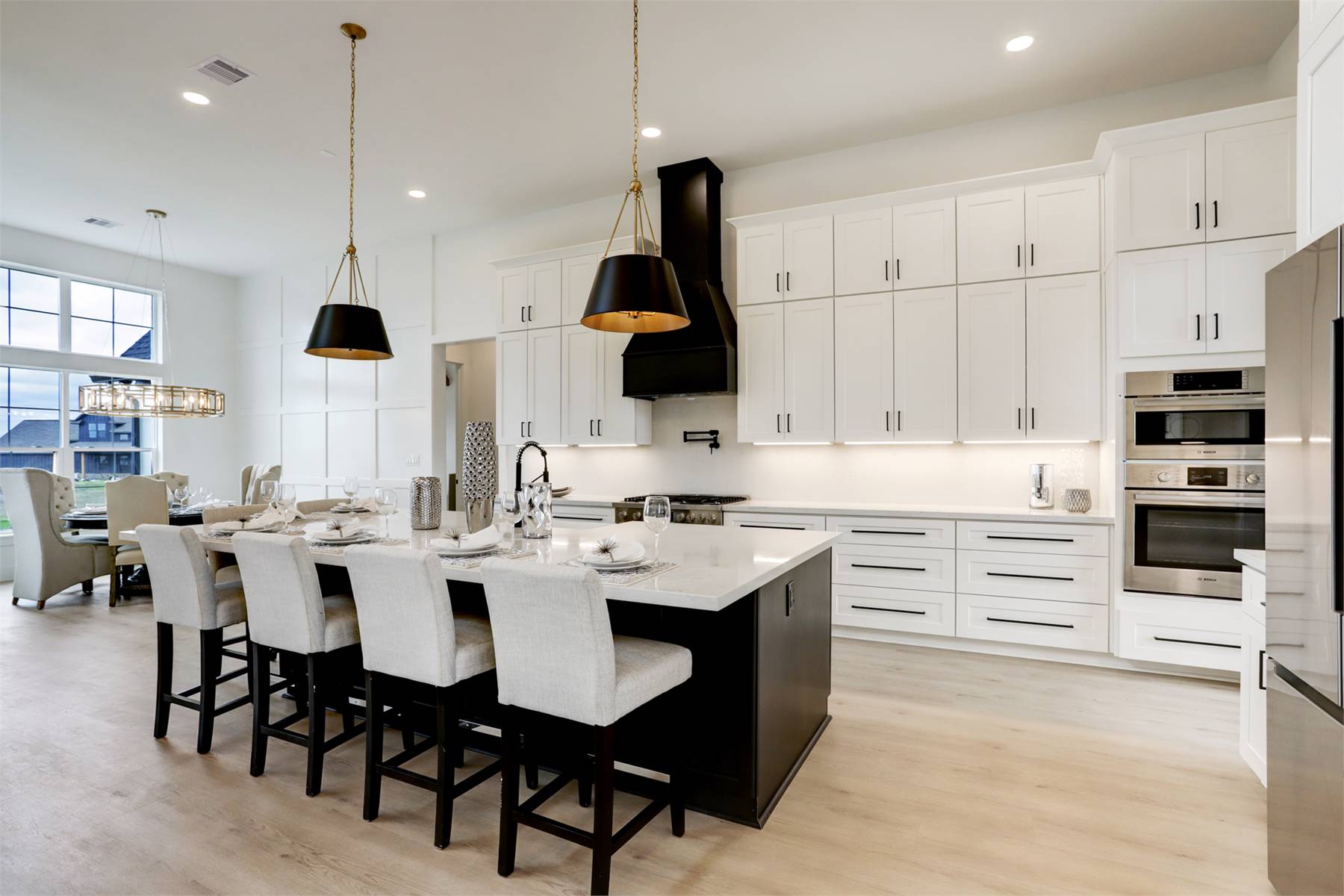
.png)
Search By Square Foot
• Up to 1000 Sq Ft
• 1001 - 1500 Sq Ft
• 1501 - 2000 Sq Ft
• 2001 - 2500 Sq Ft
• 2501 - 3000 Sq Ft
• 3001 - 3500 Sq Ft
• 3501 - 4000 Sq Ft
• 4001 - 4500 Sq Ft
• 4501 - 5000 Sq Ft
• 5001 Sq Ft And Up
Search By Square Foot
• Up to 1000 Sq Ft
• 1001 - 1500 Sq Ft
• 1501 - 2000 Sq Ft
• 2001 - 2500 Sq Ft
• 2501 - 3000 Sq Ft
• 3001 - 3500 Sq Ft
• 3501 - 4000 Sq Ft
• 4001 - 4500 Sq Ft
• 4501 - 5000 Sq Ft
• 5001 Sq Ft And Up
When it comes to your kitchen, make sure you know what you want it to look like, how you want the room to flow and how you want your workspace to fit your needs so you can create an attractive and functional living space.

You can get some great ideas from poring through magazine articles and photographs, clipping out trendy advertisements and downloading cabinet brochures and images from thousands of websites. Once you've decided on your kitchen design it's time to pick the biggest component to your kitchen — the cabinetry.
Cabinetry is a key ingredient to any great kitchen. They not only influence the look and feel of the heart of your home, but they are the sole support of your countertops, backsplashes, your kitchen gadgets and edibles.
No matter what style you choose, you should never sacrifice function. Even if you don't enjoy cooking, your prep and food storage areas have to work.
Although trends vary from region to region and across homeowner preferences there are always some key patterns that consumers follow each year.

Right now architects and designers across the country are seeing a growth in colors, thanks to the use of painted cabinets. The trend from whites and heavy distressed has moved to a more painted finish and the whites have been replaced by sage green, chiffon yellow, French creme and softer earth tones. But if you like white cabinets, pairing them with black is a timeless way to incorporate contrast into a kitchen.
Oak, cherry and maple remain the most popular woods, but exotic woods like quarter-sawn white oak, Canadian Red Birch, Old French White Oak and knotty chestnut are becoming particularly popular in the high-end market, where homeowners want a unique design and look.
Probably the most widely known sustainable and most used green product for kitchen cabinets is bamboo. There are hundreds of different bamboo species that grow all over the world and bamboo is actually a grass. Bamboo has a higher density of fiber so it absorbs less moisture and does not shrink or swell like hardwood. Since bamboo grows so much faster than trees it is much more eco friendly and it's actually harder and more durable than most hardwoods. Other green materials are Lyptus wood, which is similar to oak but has a deep, rich red color like cherry or mahogany and wheat board, which is similar to ply-board.
Stainless steel can be found on just about every design element in the kitchen these days and cabinets are no exception. On cabinets, it's typically formed around an inner core material to give it substance and keep it from sounding tinny. While you can get a very sleek look from stainless steel, it does show fingerprints and scratches. Don't write off the stylish material as simply for modern designs, because it can be combined with wooden doors and frosted glass inserts to create a more traditional look.
Today's trend is for cabinetry to resemble furniture, creating a seamless blend between the kitchen and dining room and/or the great room. Many major appliances are covered in wood to complete the blend of color and grain. Cabinets are no longer pushed to the outer walls but are instead becoming an integral part of the overall design, flow and décor of the entire open living space.
Some other popular design features consist of using textured glass instead of standard glass on the cabinet doors, adding stylized toe kicks that resemble detailed molding and barely visible hardware.
No matter what trend is in, there is always a wide range of options to choose from. If you can't settle on one style then talk to your designer about mixing-and-matching.